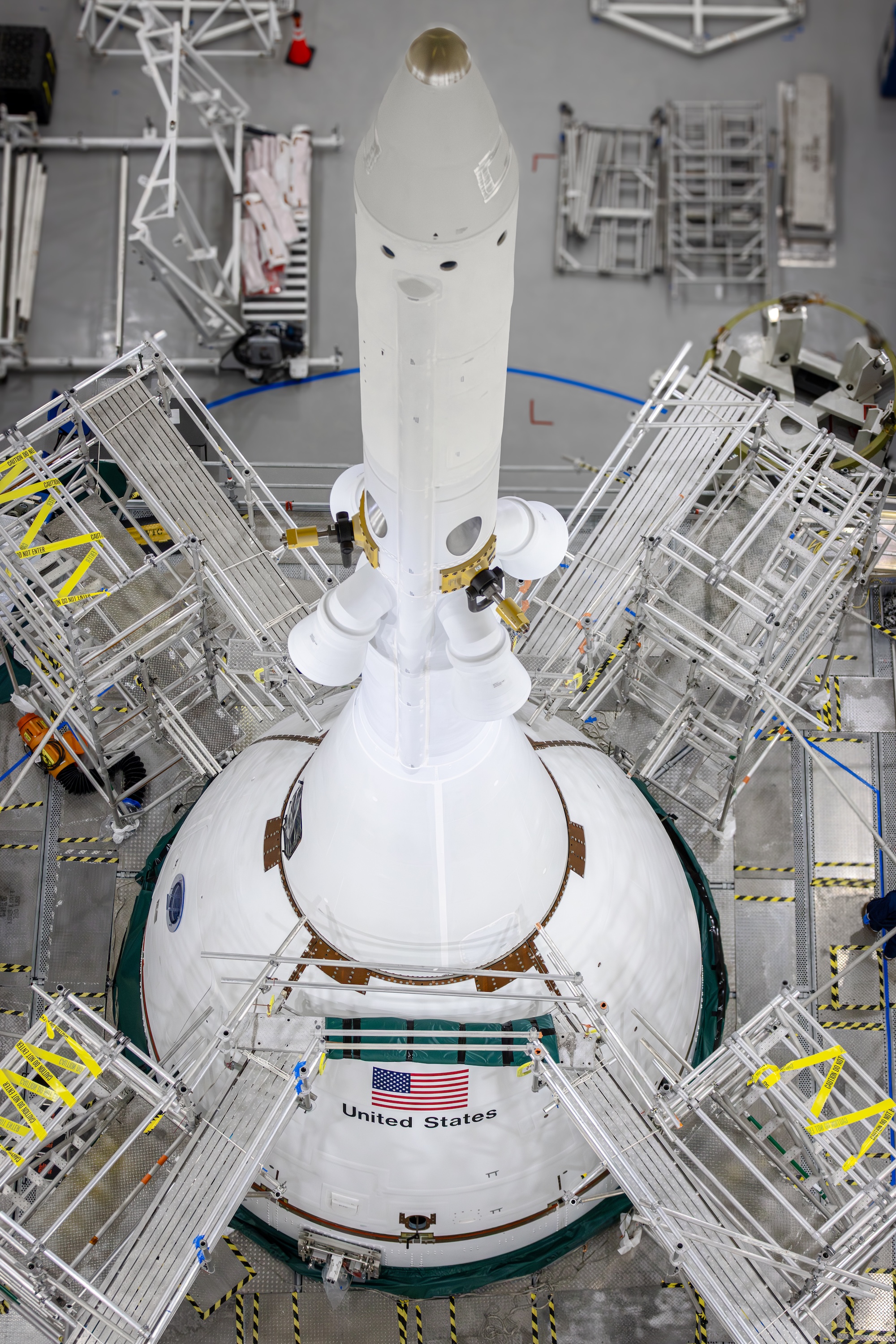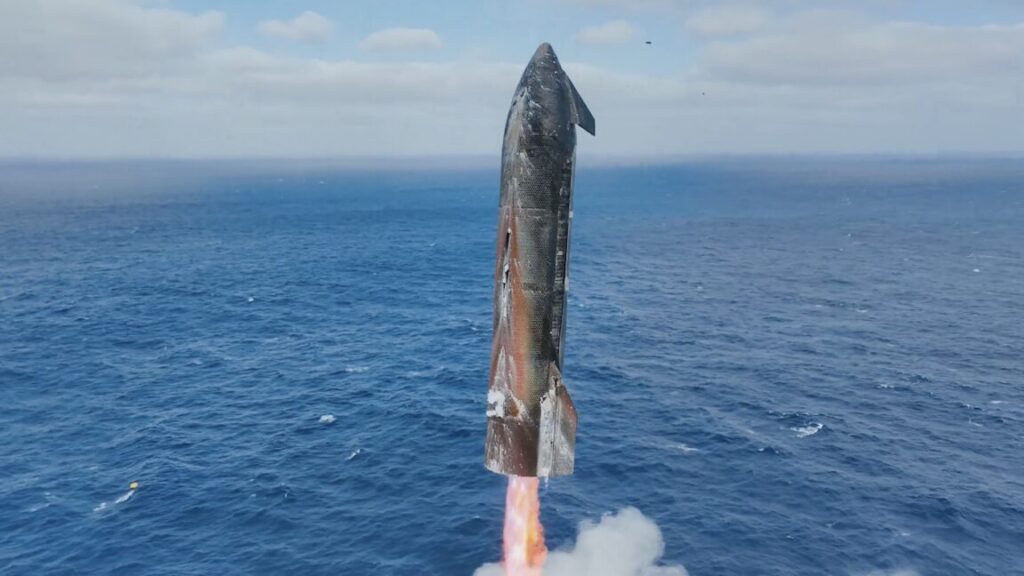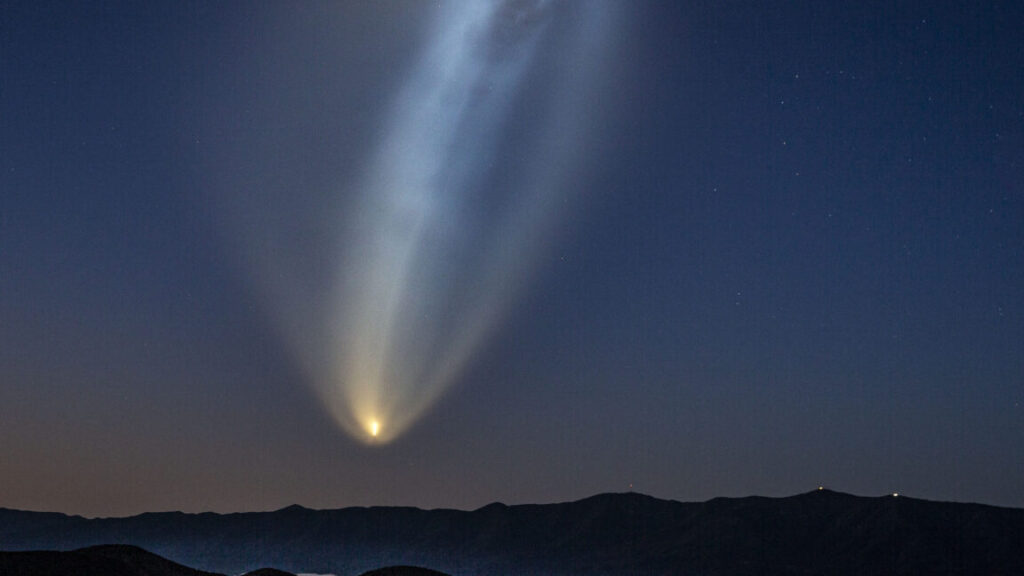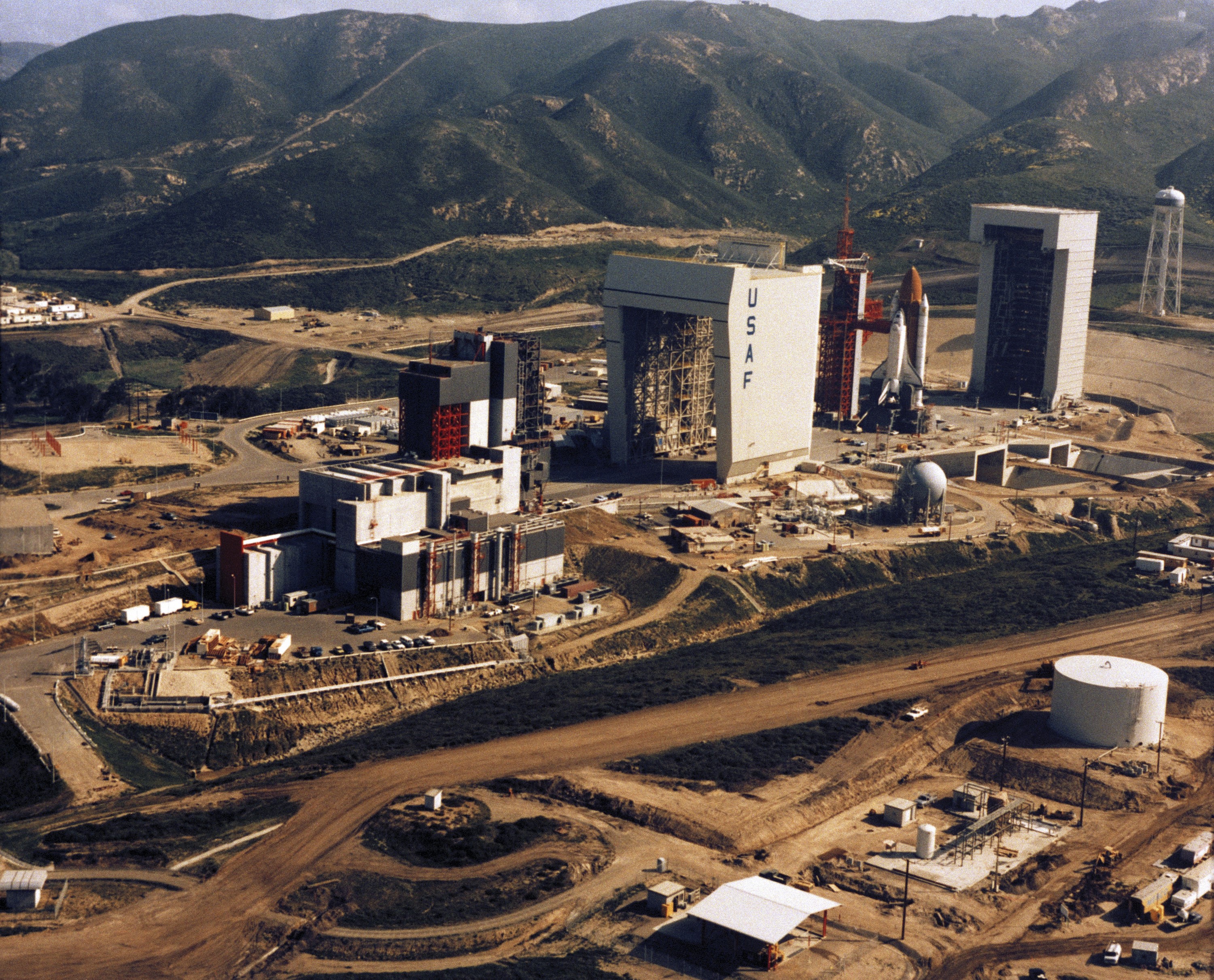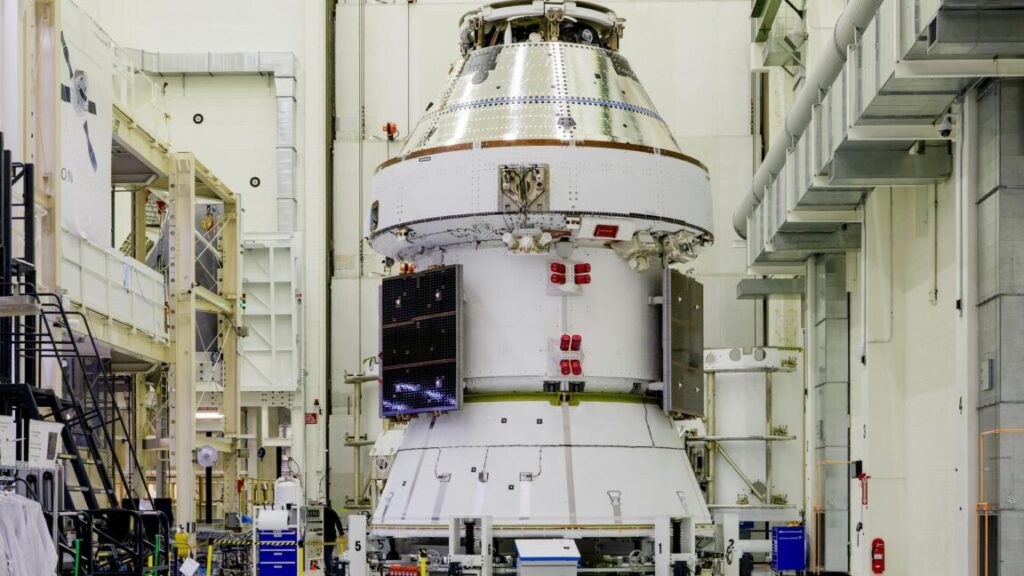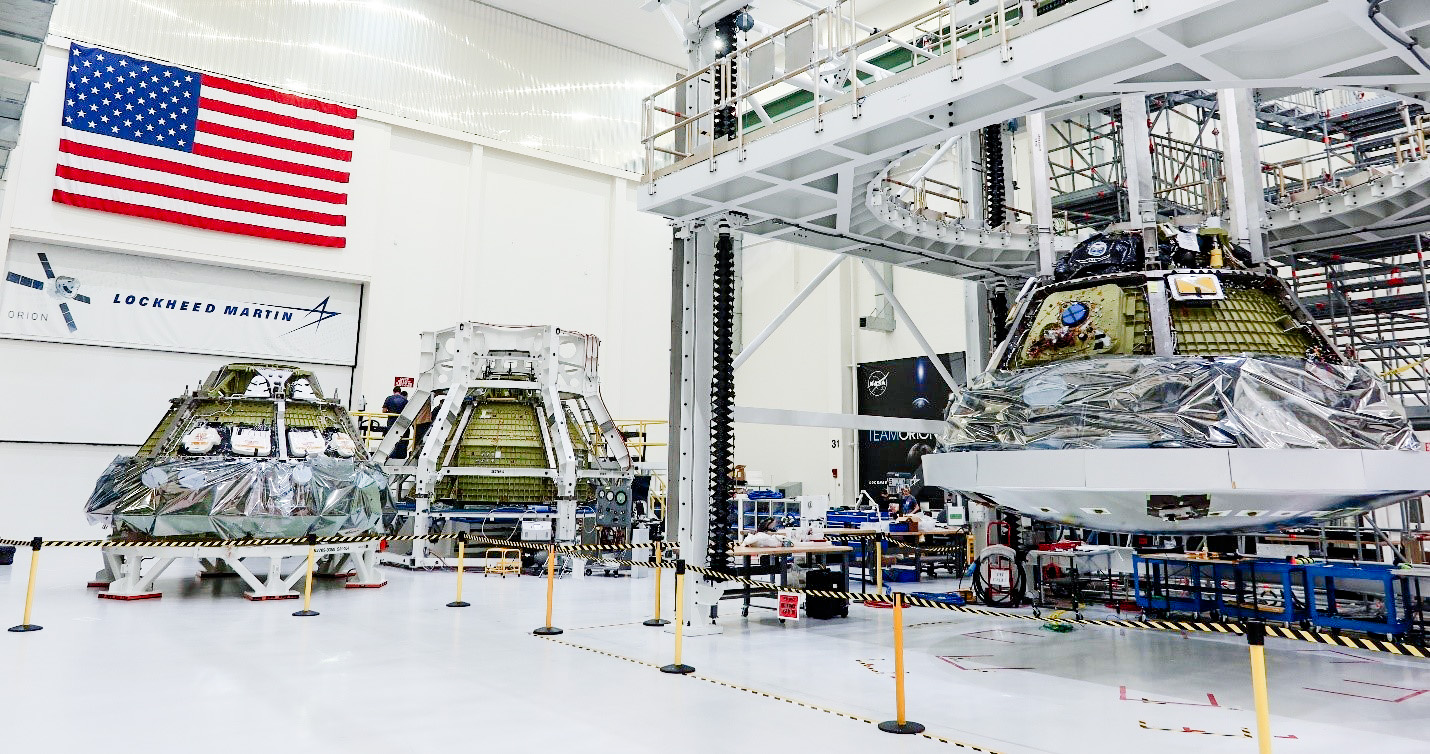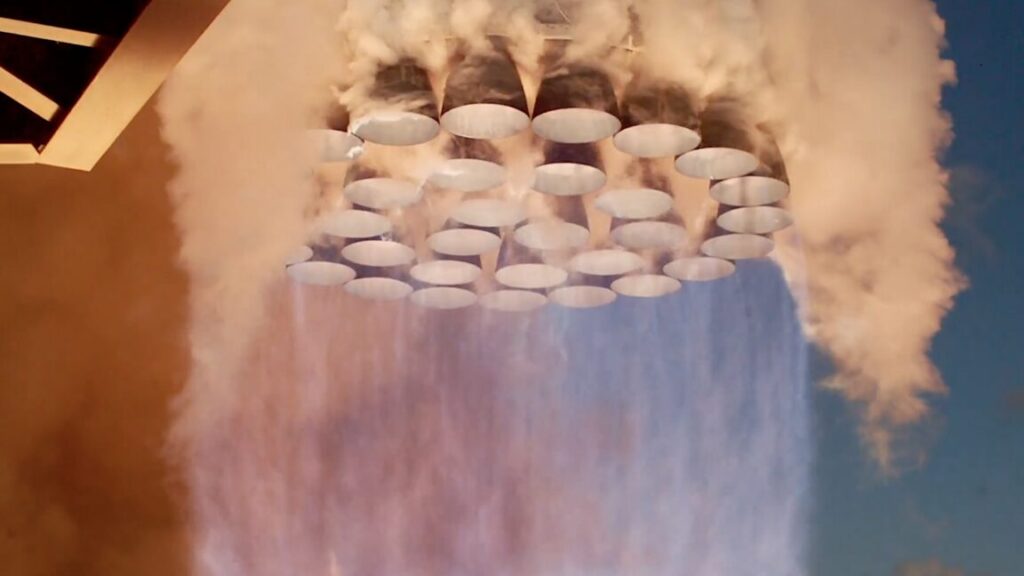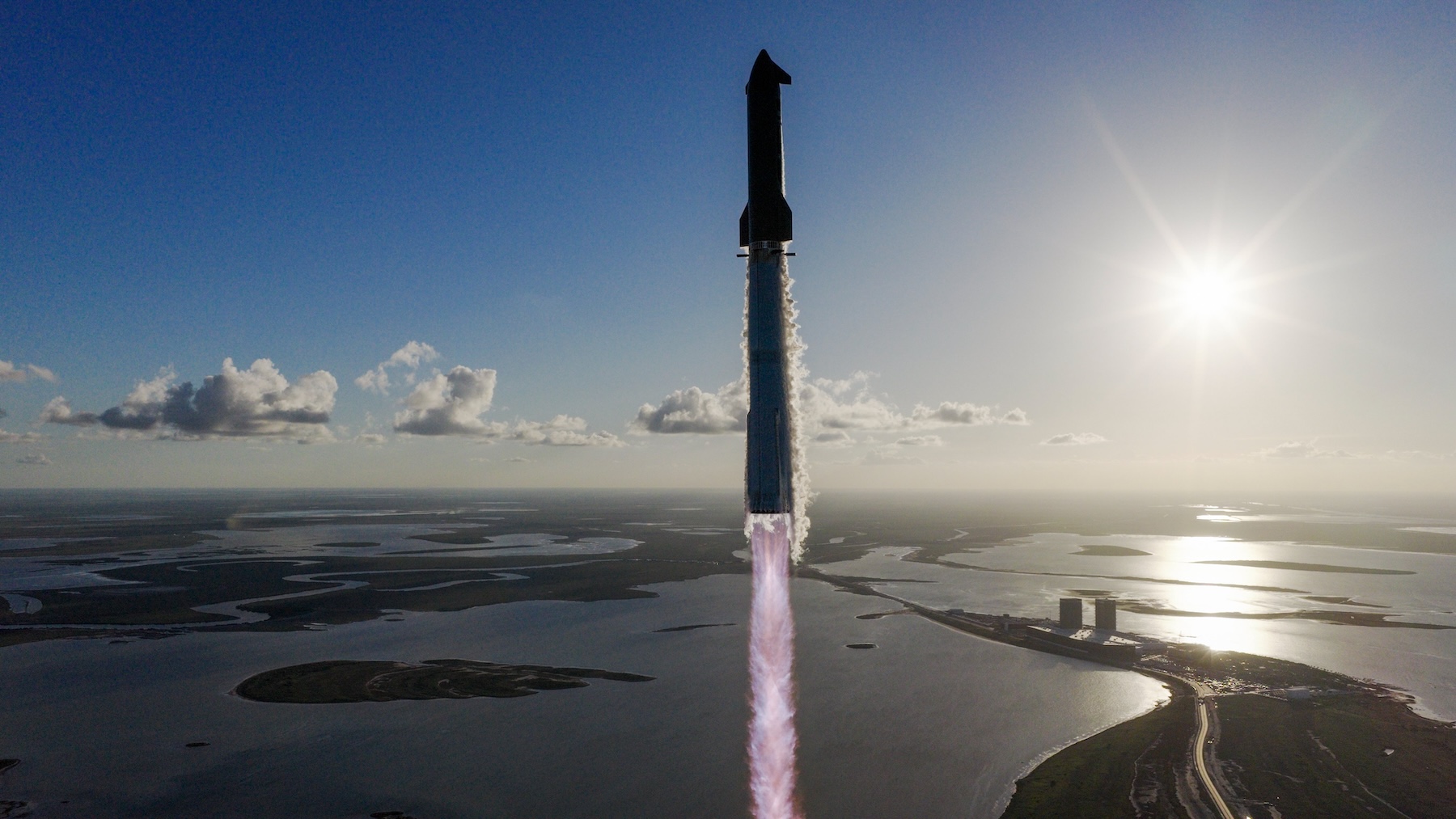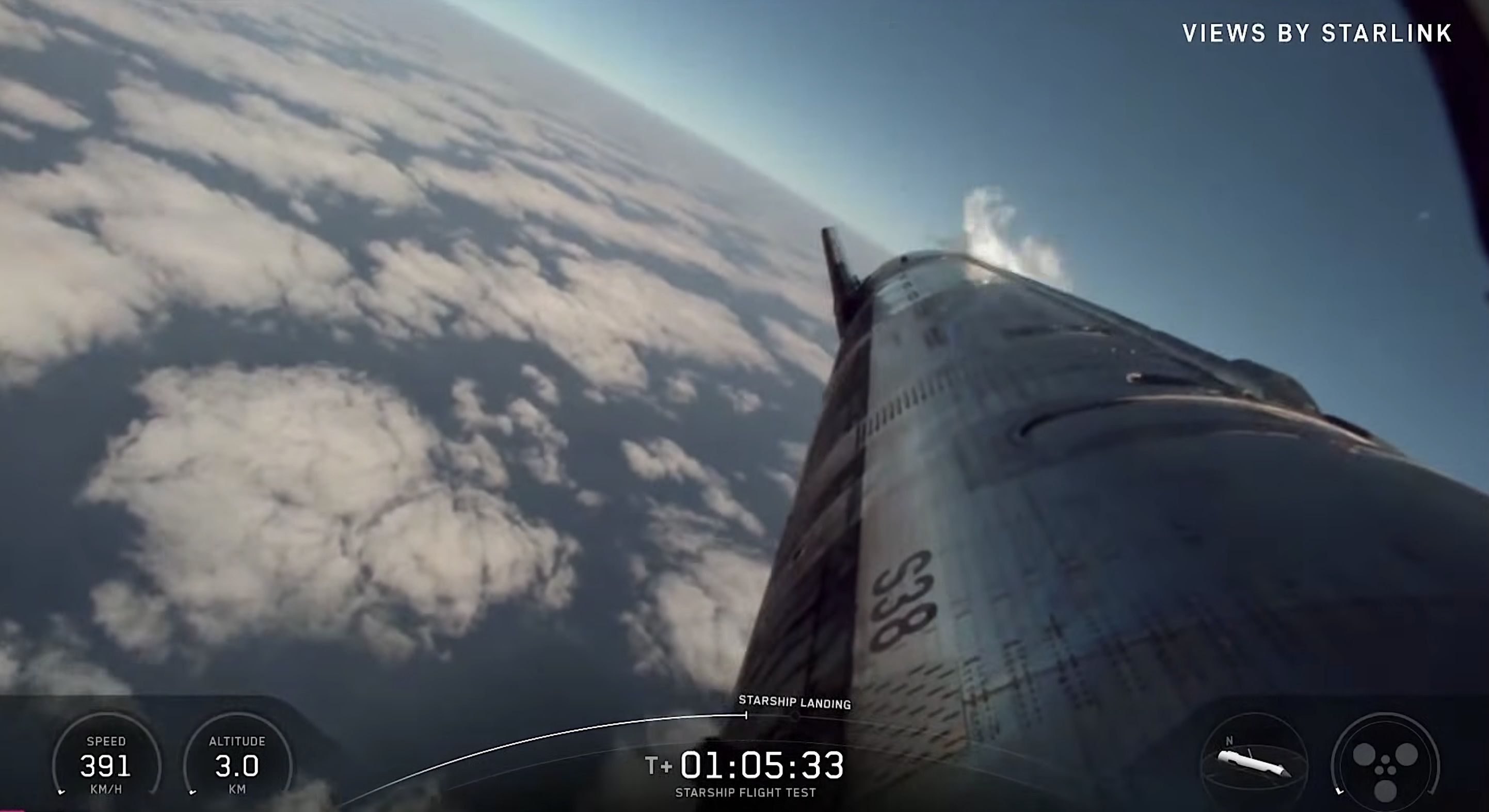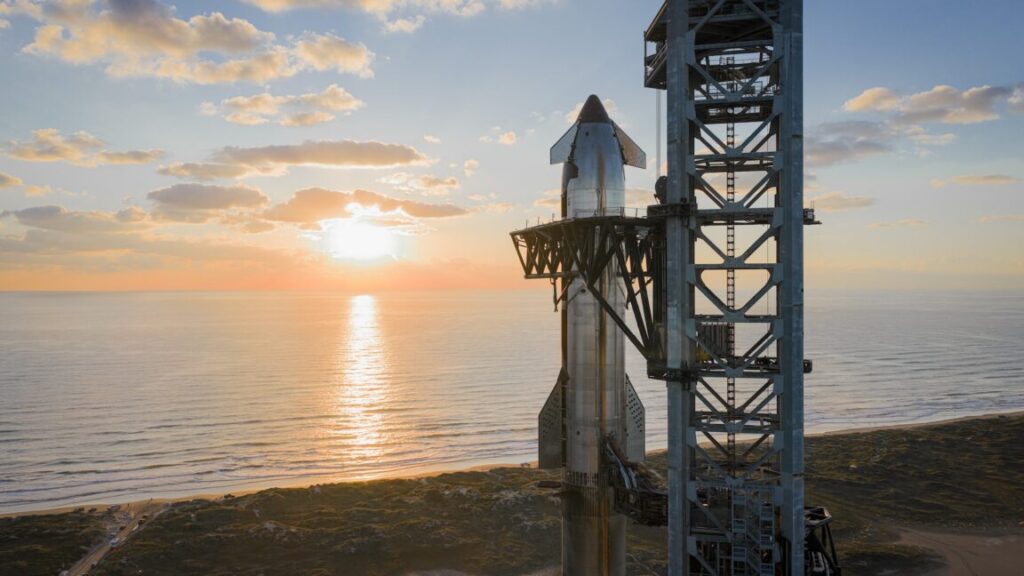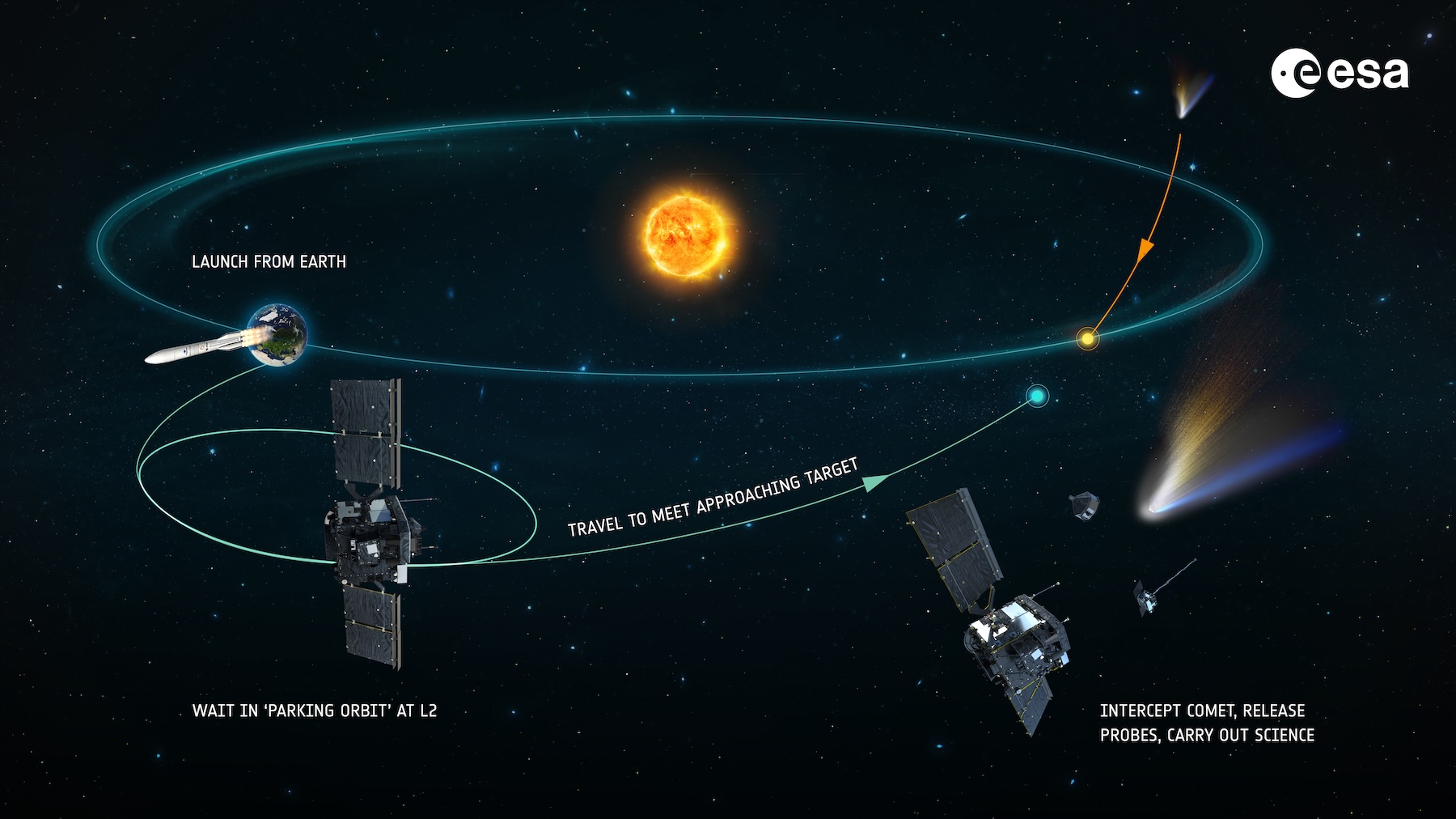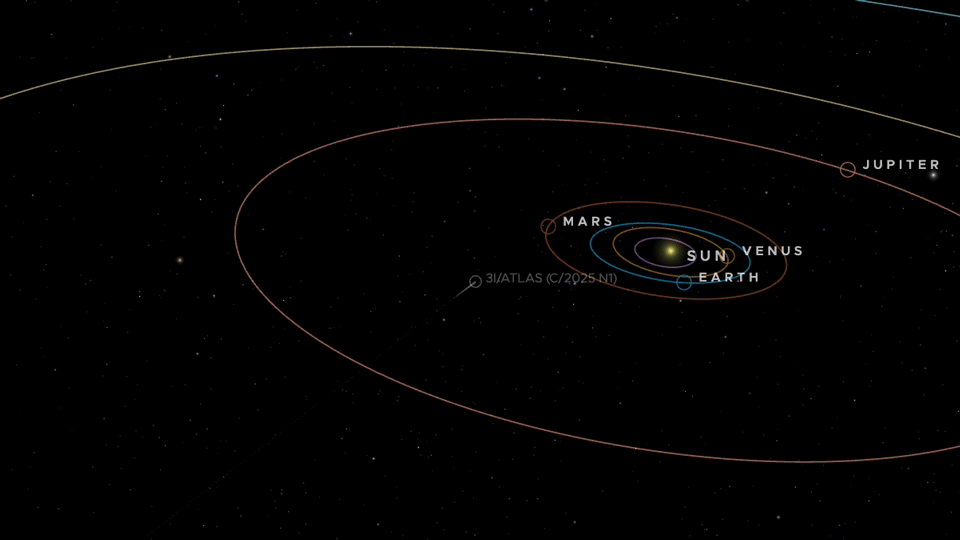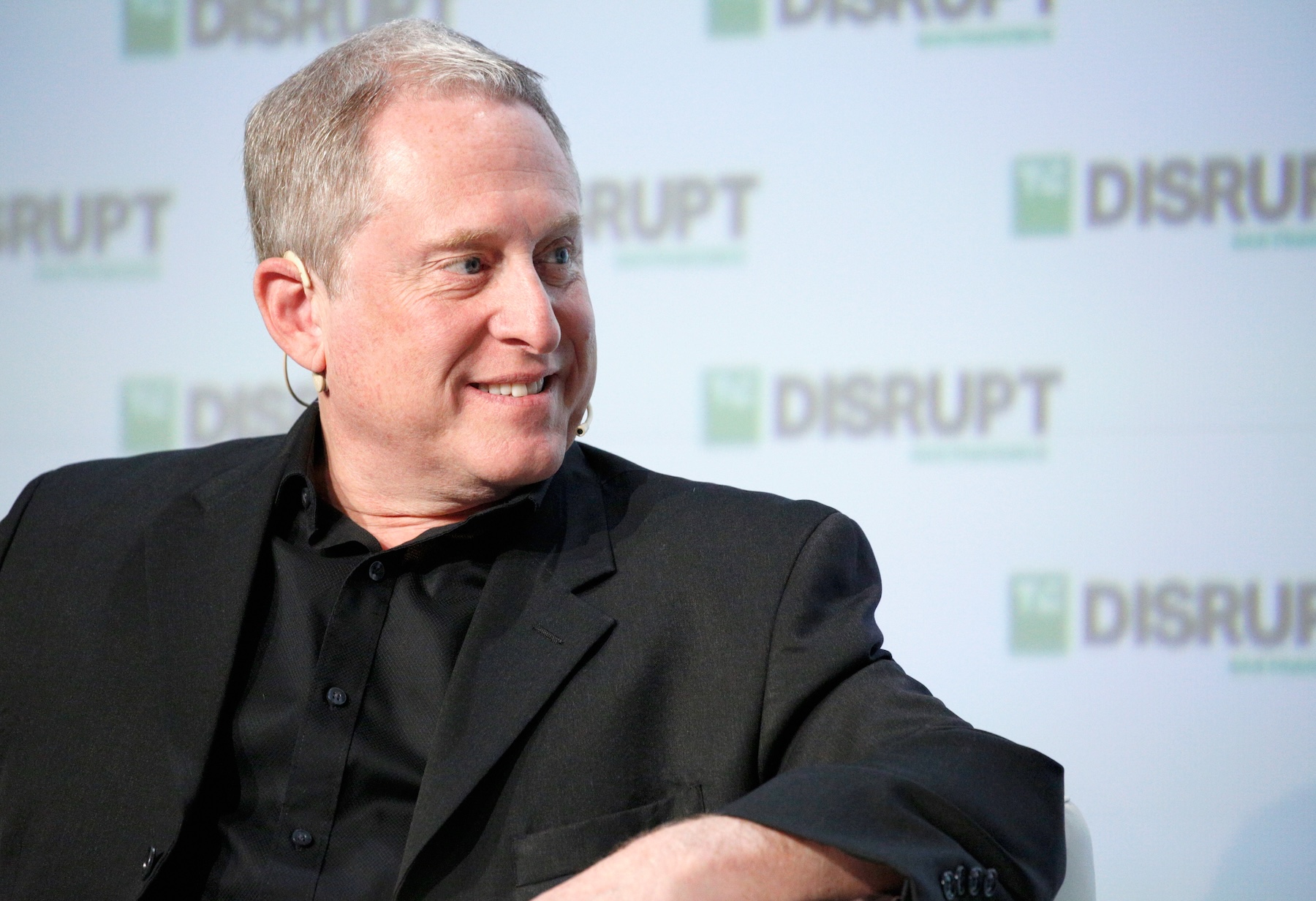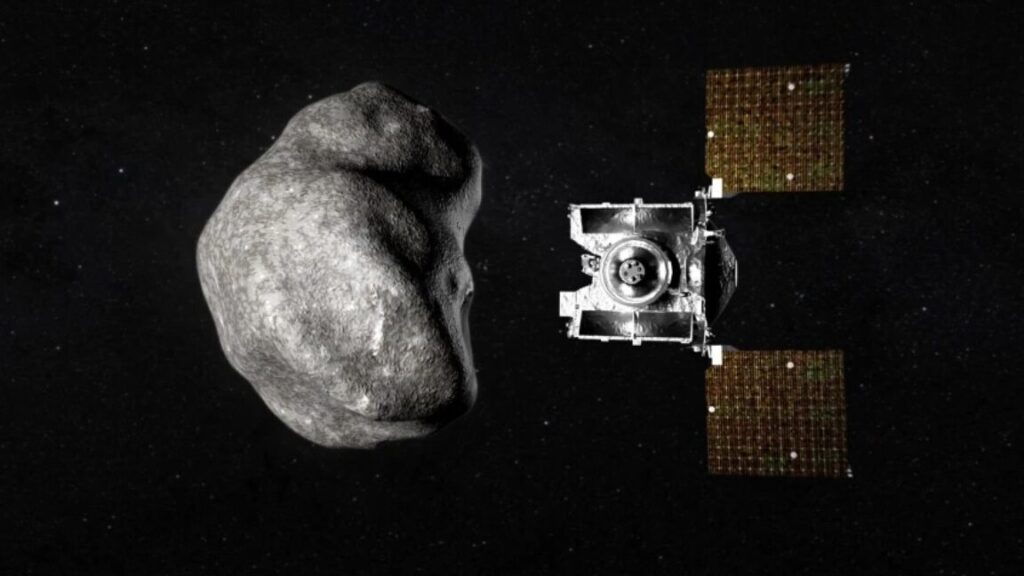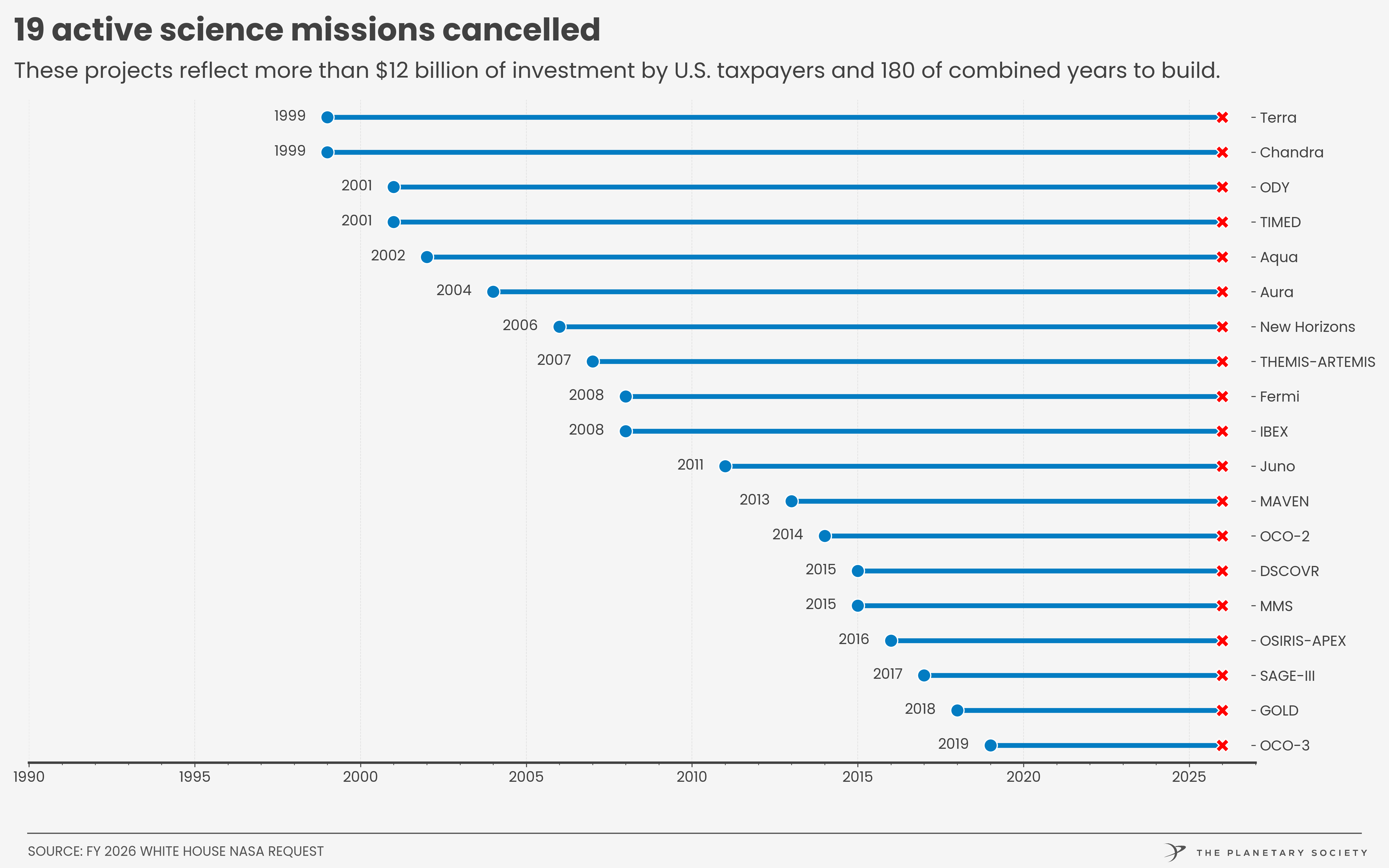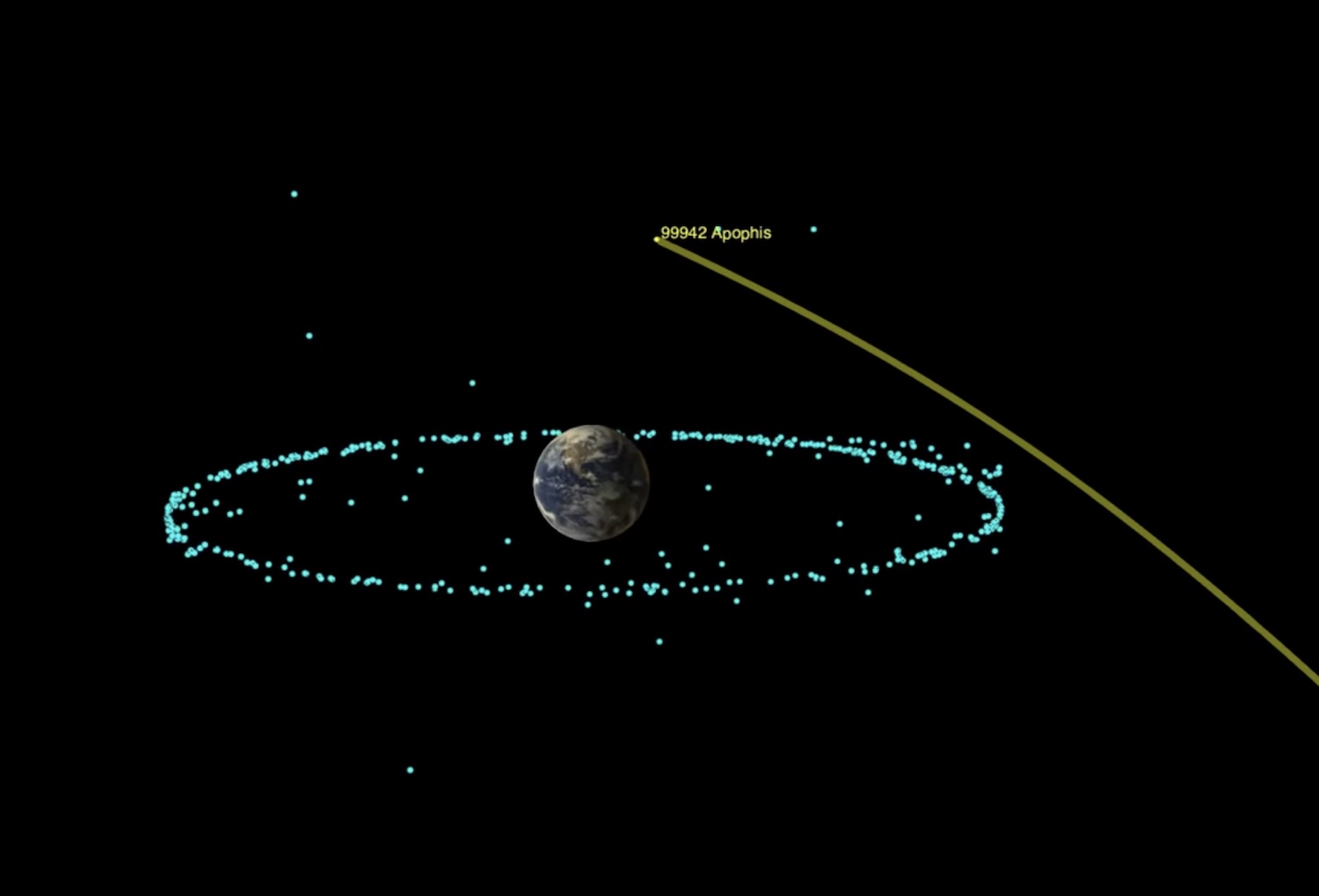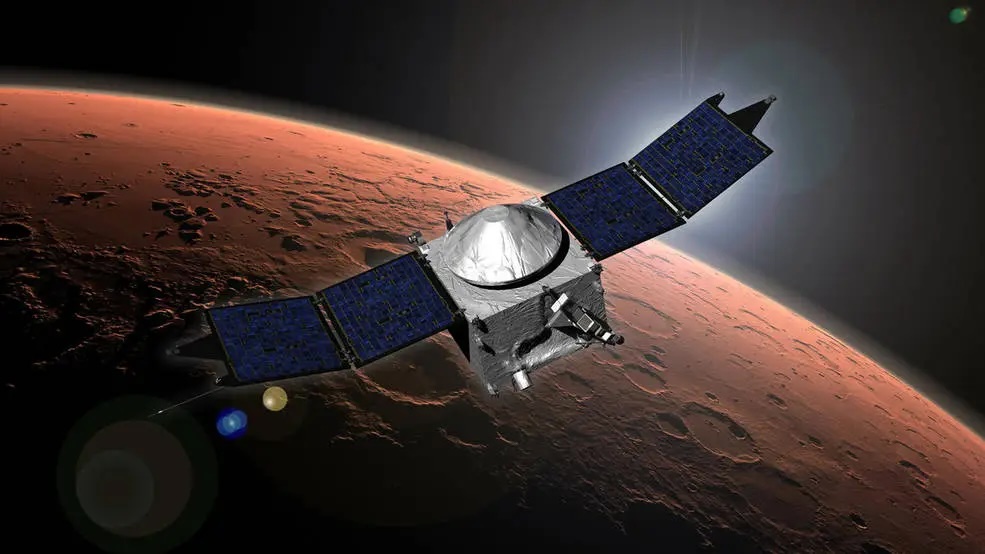Something from “space” may have just struck a United Airlines flight over Utah
The National Transportation Safety Board confirmed Sunday that it is investigating an airliner that was struck by an object in its windscreen, mid-flight, over Utah.
“NTSB gathering radar, weather, flight recorder data,” the federal agency said on the social media site X. “Windscreen being sent to NTSB laboratories for examination.”
The strike occurred Thursday, during a United Airlines flight from Denver to Los Angeles. Images shared on social media showed that one of the two large windows at the front of a 737 MAX aircraft was significantly cracked. Related images also reveal a pilot’s arm that has been cut multiple times by what appear to be small shards of glass.
Object’s origin not confirmed
The captain of the flight reportedly described the object that hit the plane as “space debris.” This has not been confirmed, however.
— JonNYC (@xJonNYC) October 18, 2025
After the impact, the aircraft safely landed at Salt Lake City International Airport after being diverted.
Images of the strike showed that an object made a forceful impact near the upper-right part of the window, showing damage to the metal frame. Because aircraft windows are multiple layers thick, with laminate in between, the window pane did not shatter completely. The aircraft was flying above 30,000 feet—likely around 36,000 feet—and the cockpit apparently maintained its cabin pressure.
Something from “space” may have just struck a United Airlines flight over Utah Read More »


